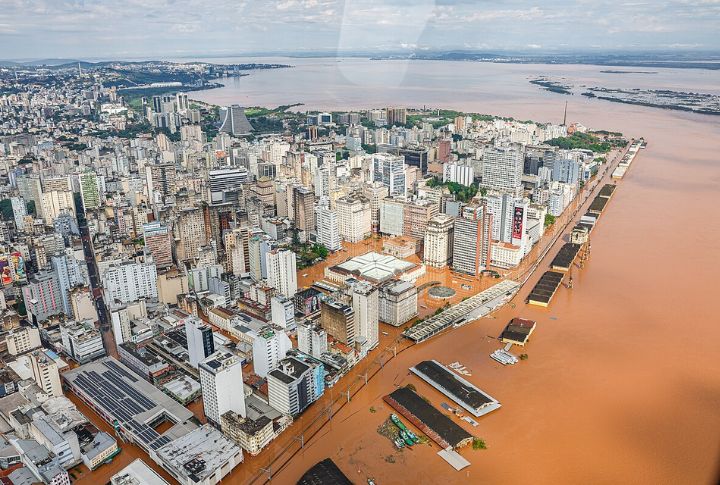
You might think you’ve encountered chaos—traffic jams, a toddler with a marker, or an internet outage at the worst possible moment. But all of that pales in comparison to the sheer, unrelenting power of nature’s most destructive forces. These are 10 of the fiercest natural disasters that can shake the world to its core.
Earthquakes
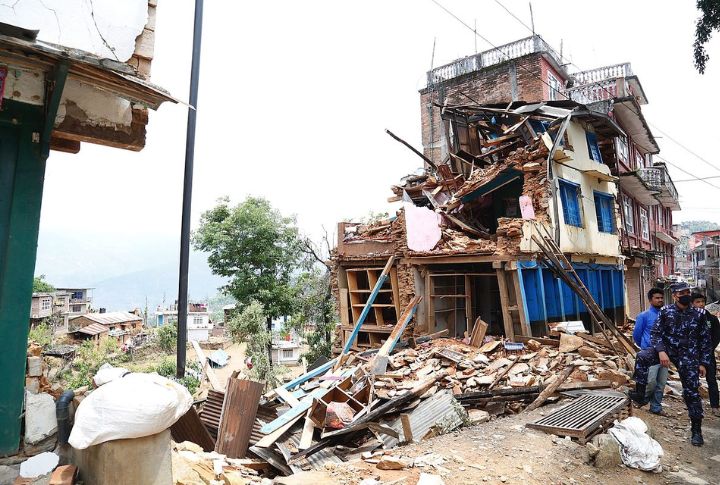
Tectonic plates grind together and release immense energy that can topple cities in seconds. The 1960 Chile earthquake struck a staggering magnitude of 9.5—the strongest ever recorded! Can you imagine a tremor so powerful that it shifted the planet’s axis?
Tsunamis
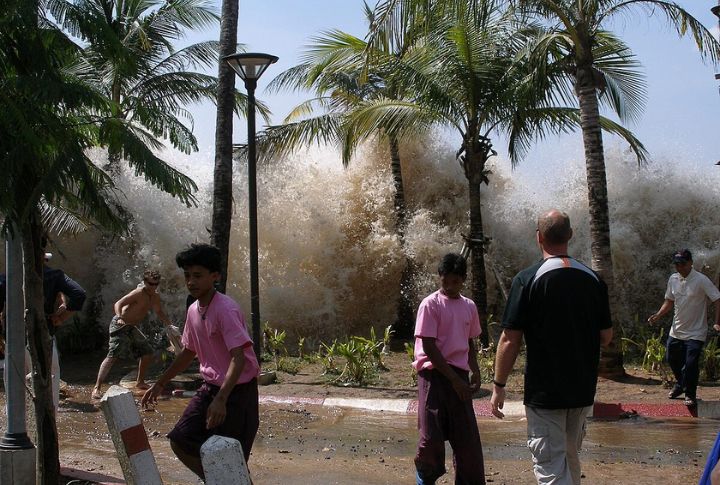
In 2004, the Indian Ocean tsunami wiped out coastal communities across 14 countries. Towering over 100-foot walls of water charged inland and swallowed everything in their path. Such unstoppable waves are actually triggered by underwater earthquakes, volcanic eruptions, or meteor impacts.
Volcanic Eruptions
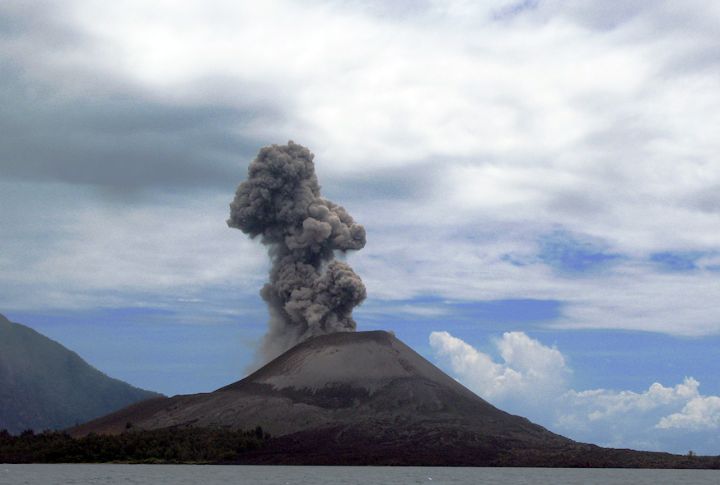
Infernos from the Earth’s core erupt violently, showering ash and lava over vast regions. One can imagine this imagery when Mount Vesuvius buried Pompeii in AD 79 while preserving a snapshot of Roman life beneath volcanic debris. Beyond this fiery spectacle, however, eruptions can cool the planet—1883’s Krakatoa blast lowered global temperatures for years.
Tropical Cyclones

Rotating tempests bring about terrifying winds, and torrential rains can reshape coastlines in mere hours. For example, 2015 Hurricane Patricia packed record-breaking winds of 215 mph while shredding everything in its path. These storms thrive over warm waters and gain strength before striking land. Your best defense? Evacuate early.
Tornadoes
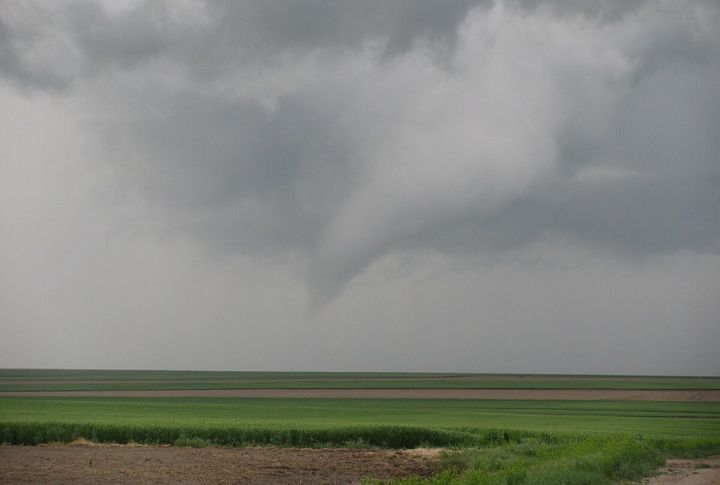
Violent vortexes carve paths of destruction that can obliterate homes in seconds. The 1925 Tri-State Tornado remains the deadliest U.S. twister, tearing through three states and resulting in nearly 700 fatalities. With wind speeds exceeding 300 mph, these swirling monsters can toss vehicles like toys.
Wildfires

Fires can race through forests and towns in no time. Remember Australia’s Black Summer, which scorched over 46 million acres? These massive blazes can even create their own weather, spawning pyrocumulus clouds and fire tornadoes. Left unchecked, wildfires rage fiercely and leave destruction behind.
Floods
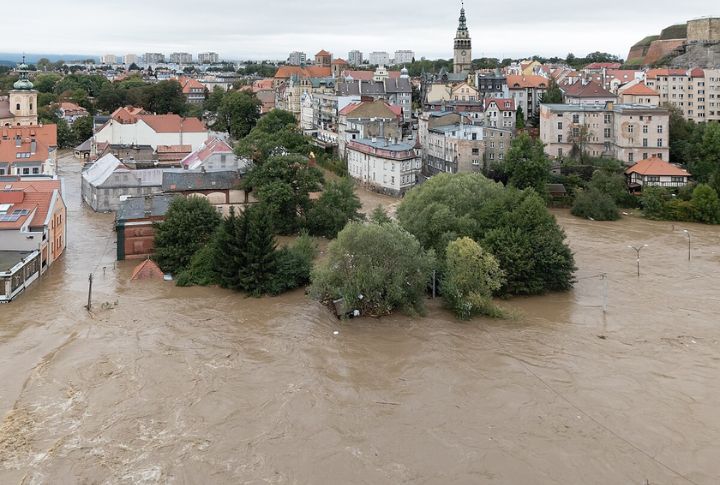
Floodwaters can erase roads in moments and turn familiar streets into dangerous rivers. Flash floods arrive with little warning and surge through towns like unstoppable currents. Misjudging their power can prove deadly. History recorded the most cataclysmic flood in 1931, when it submerged entire provinces in China and claimed millions of lives.
Droughts
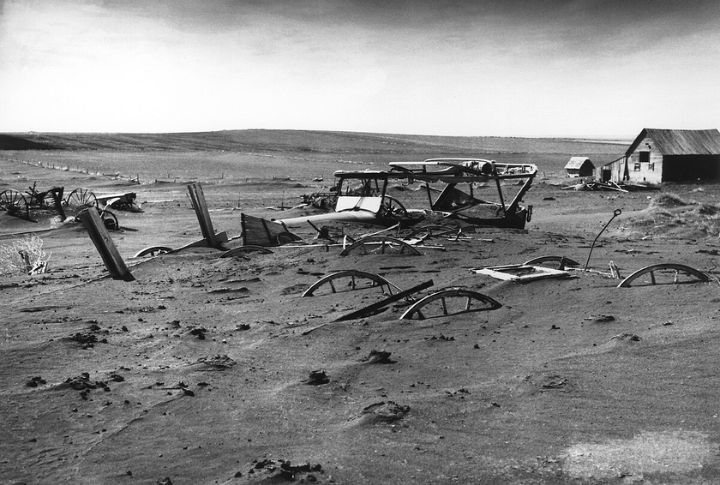
A silent disaster, drought slowly strangles ecosystems and livelihoods. The Dust Bowl of the 1930s left America’s farmlands barren, displacing millions. Without rain, crops fail and water sources dry up. Then, after that, famine spreads. Some regions, like the Atacama Desert, go centuries without a drop.
Solar Flares
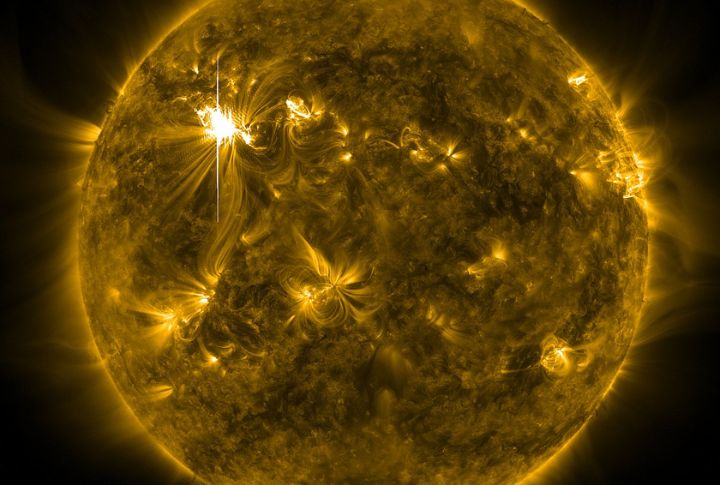
Explosions on the Sun release electromagnetic chaos and disrupt satellites, power grids, and radio signals. The Carrington Event of 1859 fried telegraph systems worldwide, which proves how dangerous solar storms can be. Modern flares threaten GPS, communications, and even astronauts.
Extreme Weather
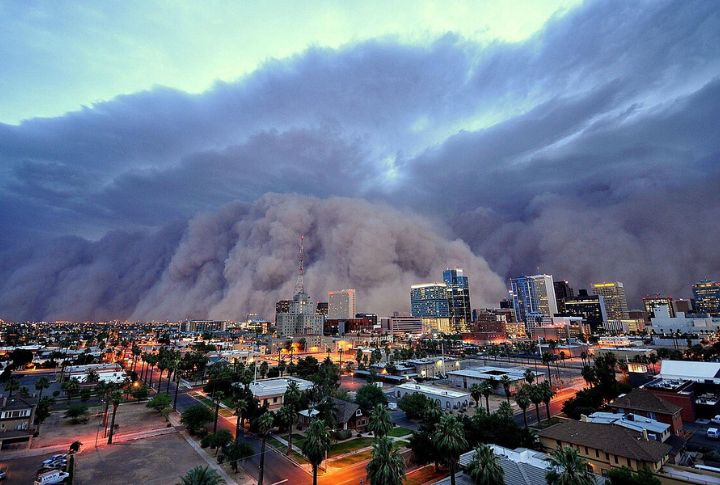
Nature’s fury shows itself through fierce snowstorms and thick dust clouds. It can also come as relentless ice attacks, like hailstones as large as grapefruits that batter unsuspecting towns. In 1888, the Great Blizzard buried New York City under 22 inches of snow and stopped daily life completely.

